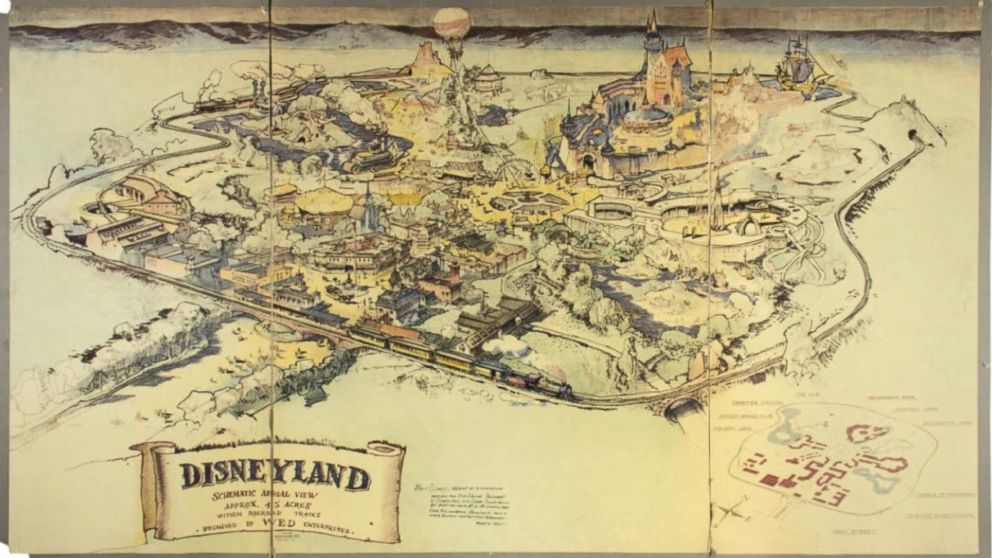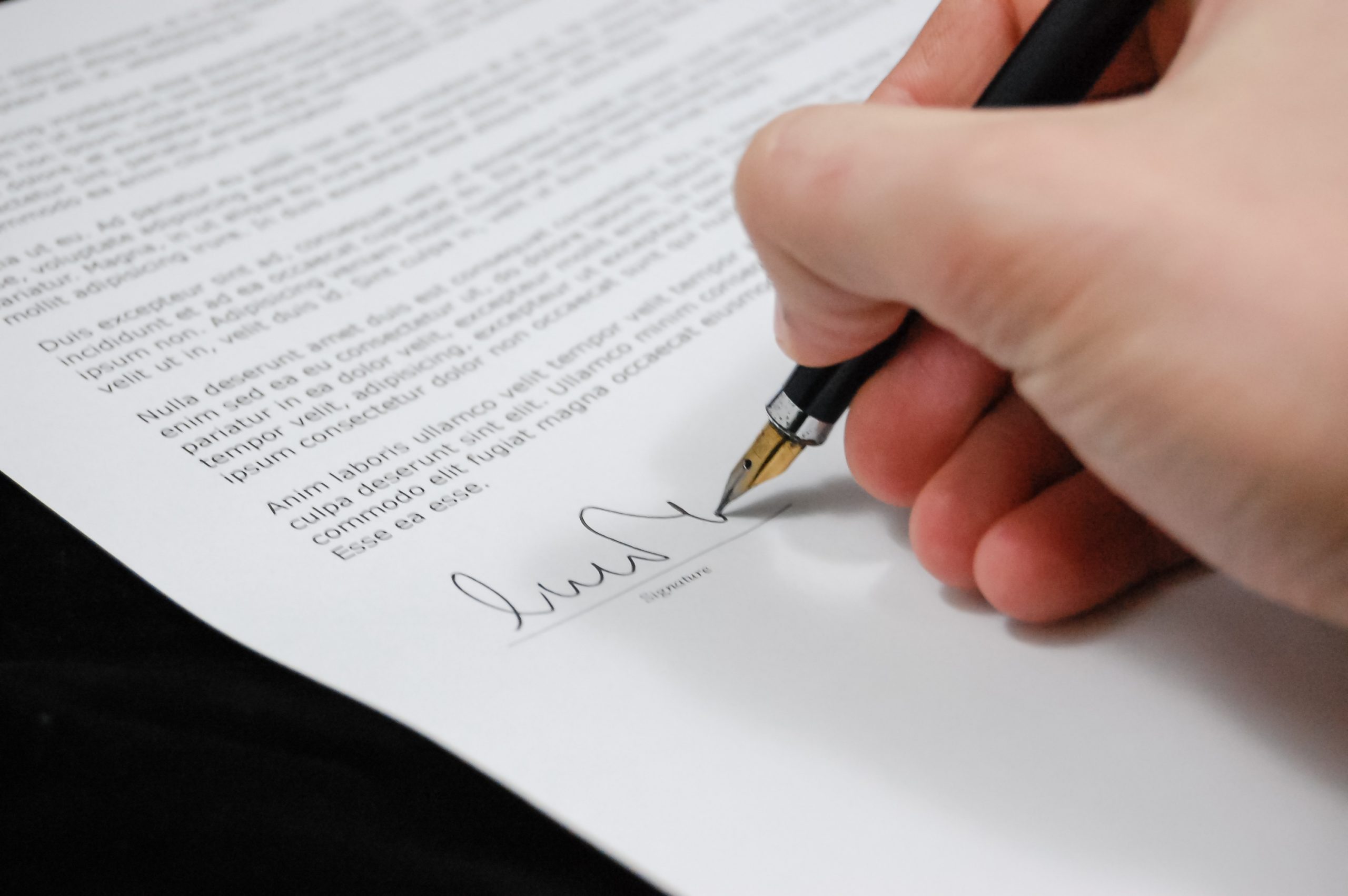
Going, going, gone! Disneyland’s original hand-drawn map up for auction
It was September 1953, and one of the greatest visionaries in American history was feverishly trying to turn his dream into a reality. Walt Disney knew if he wanted to secure the funds he required to build an amusement park, he would need to show his investors exactly what he planned to do with their money. So, he called up an artist friend, Herb Ryman, and spent the next 42 hours bringing to life on paper what we know as the happiest place on earth – Disneyland.
Now, this original, hand-drawn map and perhaps one of the most important artifacts in Disneyland’s history is headed to auction at California’s Van Eaton Galleries on June 25, according to ABC. It is expected to fetch somewhere between $750,000 and $1 million, making it one of the most valuable Disney memorabilia of all times.
Roughly 3×5 feet in size, the map is extremely fascinating for map collectors and Disney enthusiasts alike. It reveals little-known details about the park, like how Walt originally wanted to call Tomorrowland as World of Tomorrow. Or how an area called ‘Lilliputian Land’ from Gulliver’s Travels never took form.
The story behind how the map came to be preserved all these years is equally fascinating. In 1955, Disney employee Grenade Curran noticed the map lying neglected in the corner of Walt’s office and asked the filmmaker if he could take it home as a memento. Walt agreed, and Curran kept the map in safe custody hidden from the public eye for more than 60 years since.
Van Eaton Galleries co-owner Mike Van Eaton is calling the map the highlight of the upcoming auction, where almost 1,000 Disneyland artifacts are going under the hammer. “That an artifact like this, which is so deeply rooted in the creation of Disneyland, still exists today is astonishing,” he said in a statement.
Now read: Map of the Middle-Earth with Tolkien’s annotations found








